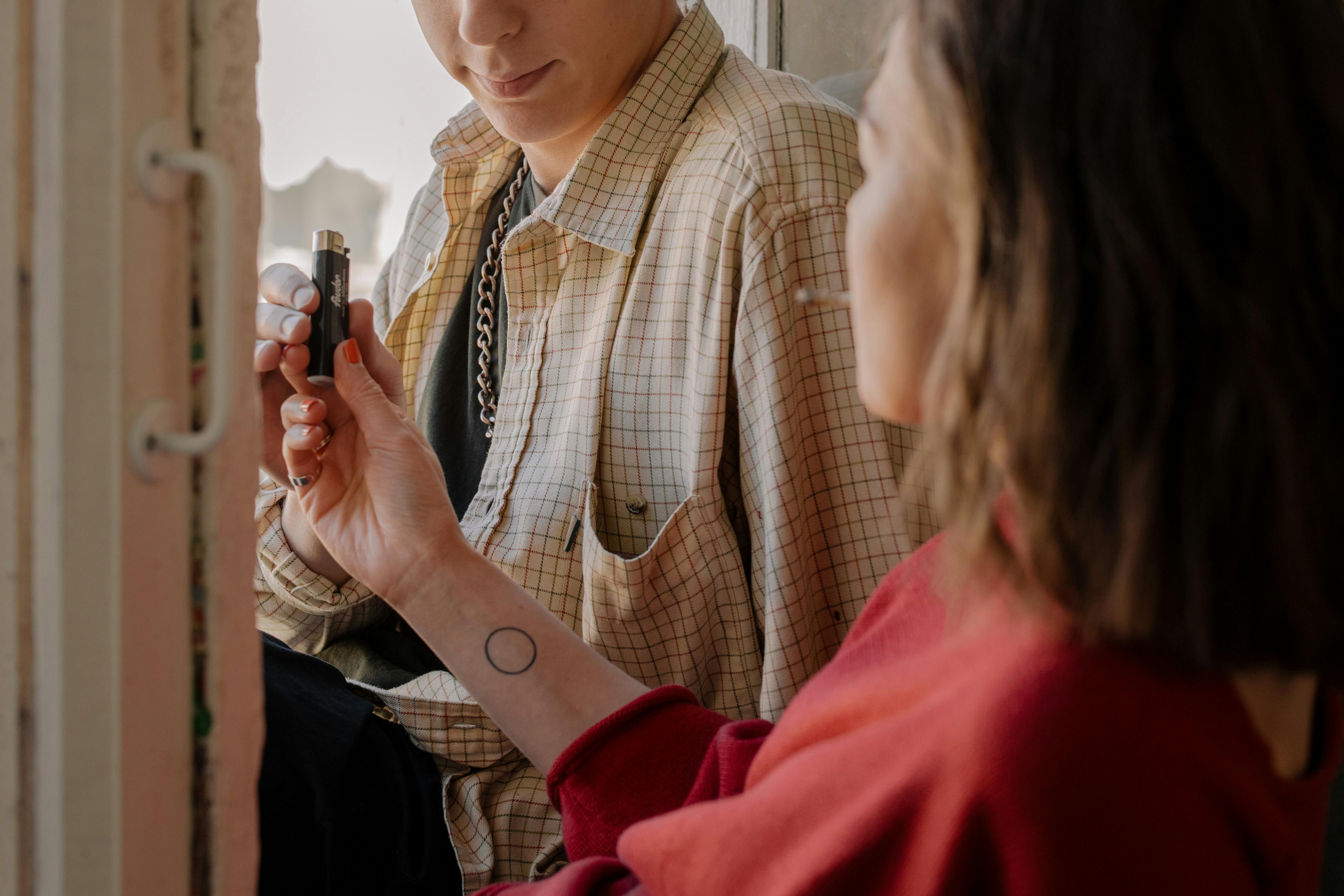
Catcher in the Rye: Mental Health Services and Social Connections for Children
The Catcher in the Rye by JD Salinger was required reading for my tenth grade English class. I remembered it as a story about the struggles of adolescence, the yearning for independence, and the reluctance to let go of youth. My son is now about the same age as I was when I read the book and we are experiencing his own push for independence, which sparked my interest in giving the story another reading. Before I begin, I was wondering what my opinion of the book would be at this point in life after having survived adolescence and received training and experience in child development as well as having a teenager in the house. This reading highlighted the unresolved grievance, family dysfunction, mental illness, and lack of social connection of the main character, Holden Caulfield, and how these difficulties exacerbate problems experienced during the typical coming-of-age process. As the country still debates gun control laws after Sandy Hook, and as we try to recover from the Boston Marathon bombing, The Catcher in the Rye reminds us of the importance of developing genuine, meaningful connections with our children and the need to address their mental health issues.
The Catcher in the Rye begins as a flashback story about Holden Caulfield’s experiences leading up to his pre-Christmas nervous breakdown. Holden narrates the story as he receives psychological treatment as an inpatient on the West Coast. Events begin at Pencey Prep in Pennsylvania, where Holden has been expelled due to his poor academic performance, and conclude in New York City as Holden attempts to return home. During the course of his journey, Holden attempts to make connections with various people, however he fails miserably due to his social ineptness, lack of proper treatment for what is possibly bipolar disorder, and inability to believe that other people are capable of it. to do it. being genuine Holden finally comes home and hooks up with his little sister. By this time he has decompensated to the point that, although he no longer experiences suicidal ideation, he feels disconnected, misunderstood, and alone. Holden decides that he is going to go away, to escape from society and the rejection, loneliness and pain that he feels. However, Holden makes one last trip to see his sister Phoebe before disappearing. Phoebe’s caring, anger and innocence provide Holden with the connection he’s looking for; she is both a partner and dependent on him. Through Phoebe, Holden is able to hold on to his childhood and postpone the leap into adulthood and independence.
One theme I was most in tune with during this read was the unspoken dysfunction of the Caulfield family. Holden is frequently compared to his late younger sister, whom he describes as bright and athletic, as well as his older brother, who has become a successful author. It is suggested that Holden is a defiant child and somewhat disappointing to his parents, as he has not been able to live up to their expectations. He has been expelled from at least four high schools due to his poor academic performance, difficulty socializing with others, and frequent mood swings. Holden’s parents may have been exhausted by watching their youngest son battle leukemia, leaving them with little strength to deal effectively with Holden’s grievance and possible disability. In Holden’s eyes, they seem to have been emotionally and physically stripped of him. He has little to no emotional family support and what appears to be very little communication with them. Holden is left adrift to navigate this tumultuous time in his life without support, understanding or treatment. His efforts to reach out and communicate, including failing at school and getting into fights, are not understood as cries for help, but rather as personal shortcomings.
Holden perceives most people as fake, shallow, and hypercritical. This may be due in part to her social awkwardness, immaturity, and feeling abandoned by her parents. He is continually let down by everyone he turns to for help, either not living up to what Holden has built in his mind or trying to take advantage of him. Thus, Holden comes to believe that everyone who fails or is unable to meet his preconceived expectations is fake. Also, Holden clearly experiences moments of mania throughout the story, which are often followed by feelings of sadness to the point where he expresses some suicidal thoughts. It seems that the lack of communication with his parents, the unresolved grievance and guilt over his brother’s death, and the inability to connect effectively and appropriately with others mean that Holden is unable to interact with others in anything other than on a surface level. The exception to this is Phoebe. Her reluctance to let her brother go gives Holden the strength to go home and ask for help. However, in the end, Holden continues to suffer from a lack of love and feelings of loneliness. He says, “Never tell anyone anything. If you do, you’ll start missing everyone.” At this point, Holden continues to have a hard time having genuine and meaningful relationships, believing that when you open up to people, they will turn away from you to keep the relationship on a superficial level. Holden continues to be plagued by this emotional emptiness and while there is a hunger for social connection, he will continue to experience emptiness and rejection due to his weirdness.
For me, reading Catcher in the Rye in high school highlighted the fight for independence and Holden’s war against hypocrisy. In this reading, I was able to gain a better understanding of the tragedy that occurs as a result of Holden’s parents being unable to provide him with the emotional support he needs to get over the death of his brother and cope with the mental health needs of his brother. he. Holden’s repeated failure to connect socially and develop a meaningful relationship with anyone other than his sister and the lack of treatment for his mental health issues made me think of the recent tragedies in Colorado, Sandy Hook and Boston. Reinforced the need to take mental health needs and services seriously; Just because these conditions aren’t seen doesn’t mean they aren’t debilitating. Feeling cared for and connected to others reduces the stress, stigma, and isolation associated with these conditions. It made me wonder if these tragedies could have been prevented if the people involved had received the proper therapy and treatment. They may have felt connected and accepted, and these tragedies may have been prevented. The message of being accepted and cared for from Catcher in the Rye remains relevant to young people today as we all strive to be accepted.




No Comment